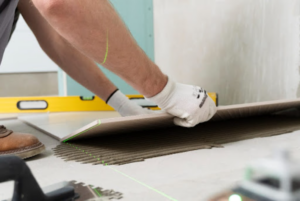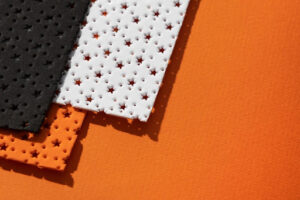Selecting the suitable type of material when insulating your home is very important in order to get the best results with regard to the utilization of energy, amount of comfort, and costs. Examples include extruded polystyrene (XPS) foam boards, which have the following advantages. Now, let’s look at the benefits of having XPS foam boards in your home.
What Are XPS Foam Boards?
XPS foam boards are rigid insulation boards made from polystyrene. They are manufactured through an extrusion process through a die to form a continuous board. Thus, it has a closed-cell structure, such a structure gives XPS foam a meager water absorption rate, and the foam is very good insulation material.
Critical Benefits of XPS Foam Sheets
1. Superior Insulation Properties
XPS foam sheets specifically offer one of the best warm capabilities that any other material can provide due to their high density. XPS foam possesses better thermal resistance or R-value compared to the different types due to the design of the kind of foam that has a closed-cell structure. This means that it reduces heat transfer between buildings and the outside environment. Thus, your home will stay cooler in the summer and warmer in the winter, maintaining a comfortable temperature despite outside extremes. High R-values improve energy efficiency, which lowers heating and cooling costs for the building.
2. Moisture Resistance
Extruded Polystyrene (XPS) foam boards are highly resistant to water, which makes them well-suited for use in areas exposed to moisture, such as basements and foundations. Unlike some other insulation materials, XPS foam maintains its insulating properties even when it comes into contact with water. This resistance to water absorption helps prevent mold growth and ensures that the insulation continues to perform effectively over time.
3. Durability and Strength
It should be noted that the XPS foam board is characterized by high durability and maximal compressive strength. They can also be used in different places where there is a need to insulate; some places may include under concrete floor slabs, walls, and roofs. The physical characteristics of XPS foam are pretty strong when carrying heavy loads or mechanical pressure. It will not break or lose its insulation qualities.
4. Ease of Installation
Applying XPS foam boards to a structure is relatively easy, and this can reduce the time taken during construction or remodeling. These sheets are thin and can be easily cut to size depending on the desired size and shape of the form they are to be used on. They are also compatible with various adhesives and fasteners, making the installation quick and efficient.
5. Environmentally Friendly
XPS boards are used as an excellent insulator while friendly to the environment. Most producers of XPS foam nowadays manufacture their products using non-toxic foaming agents that are less harmful to the environment. Also, due to the long life cycle and its energy-conserving feature, XPS foam boards help reduce the greenhouse gas emission associated with heating and cooling, hence minimizing the carbon footprint of structures.
6. Cost-Effectiveness
XPS foam boards can be cost-effective. They provide high thermal insulation, which can reduce heating and cooling costs over time. While the initial cost may be higher compared to some other materials, the long-term energy savings and durability often offset the upfront investment.
Conclusion
The use of XPS foam boards in the insulation of any home provides several advantages, such as high R-value, resistance to water absorption, optimum life span, and installation convenience. All these benefits improve energy levels, comfort, and sustainable cost. That is why XPS boards are an excellent solution to consider when constructing a new house or even when retrofitting the insulation.
Drawing on these benefits, XPS foam boards can be recommended to homeowners who desire to increase the energy conservation and efficiency of their dwellings. It is pertinent to note that better living conditions are possible without necessarily spending a lot of money on energy bills or harming the environment through the utilization of substandard insulation material.






